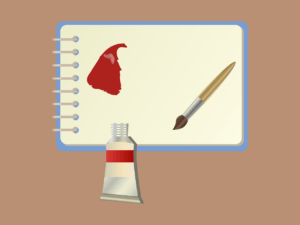What Are the Best Practices for Toilet Repair?

One of the most common toilet problems is an intermittent water leak. This typically occurs due to a faulty wax seal (a Johni ring) mounted on the plastic flange underneath the toilet base.
Fortunately, this issue is easily fixed by using one of the many at-home methods.
Use Water Softeners
Water softeners help prevent hard water deposits that clog pipes and fixtures. They also remove the mineral iron that causes brown stains in sinks, tubs, and toilet bowls. These stains are difficult to remove with chemical cleaners and can cause the interior surfaces of plumbing parts to erode over time.
Leaky toilets are one of the most common issues homeowners face with toilet repair & installation. These silent leaks are easy to ignore unless you spot a puddle on the floor. Leaky toilets increase your water bill over time and eventually cause extensive damage to drywall, floors, and baseboards.
Tank lever problems are another issue homeowners frequently face. These can include broken handles, intermittent operation, and sporadic flushing. The tank valve seat may also become pitted over time, preventing the flapper from sealing correctly.
Pooling water around the toilet base indicates a bad wax ring seal. A leaking wax ring requires replacement to keep the toilet from leaking into the floor.
Clean the Bowl Regularly
Keeping a clean toilet bowl regularly helps prevent staining and buildup. It also keeps harmful bacteria from forming in the bowl and surrounding areas. Periodically wipe down the toilet tank, lid, seat, and handle with a cleaning spray or disinfectant. Use rubber gloves if necessary, especially around the hinges and seams of the toilet bowl.
Clogged holes underneath the rim often cause bowls to empty slowly (also known as a weak flush). These can be cleared with a piece of wire like a coat hanger or a small mirror to help you see under the rim.
Mineral deposits cause hard water stains on the inside of the bowl that can be removed with baking soda and vinegar. Rinse out the bowl regularly and scrub it as needed to keep it looking nice and smelling fresh. Avoid using in-tank cleaners, as they can deteriorate the rubber gaskets and washers that keep your toilet working properly.
Remove Clogs With At-Home Methods
Many toilet clogs are caused by too much soap residue or hair that gets tangled in the drain. These clogs can usually be resolved by plunging the drain, especially shallow ones.
If a clog is too dense or is farther down the drainpipe, it may be necessary to use a drain snake (also called a plumber’s snake) to dislodge it. These tools are long, flexible wires with corkscrew hooks or cutting blades. They are fitted with a hand crank and can be fed down the toilet drain to reach the clog.
Another option to try is pouring salt and baking soda down the drain. These materials are effective on various clogs but work best on those caused by organic material. Wear rubber gloves and carefully handle the hot water when using this method. Also, make sure that your toilet’s shut-off valve works well. This small knob is typically located under or behind the toilet, and it should turn quickly.
Check for Leaks
A leaking toilet causes water waste and costs homeowners hundreds of dollars annually. Often, these costs are avoidable with a bit of preventative maintenance.
Signs that toilet leaks include a small amount of water pooling around the base, a sudden increase in your water bill, or a phantom flush. A common cause of this issue is a faulty flapper valve that allows water to escape the tank and into the bowl.
If you suspect a leak, it’s essential to turn off the water at the shut-off valve found at the back of your toilet. This will prevent additional waste until a professional plumber can fix the problem. If you want to take a proactive approach, consider installing a toilet monitor that attaches to the inside of your commode and alerts you when there is a leak or malfunction. These tools are easy to find at home improvement stores and cost less than $200.






